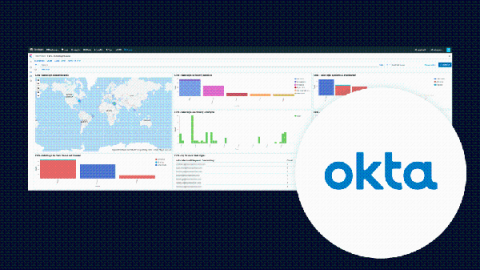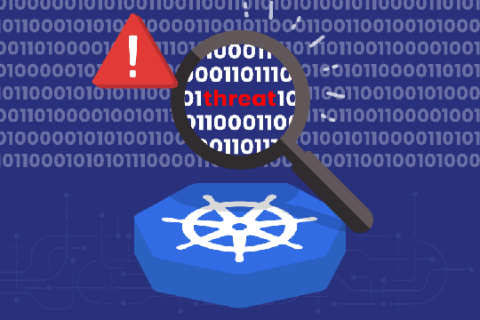Okta Log Insights
This post will show you how Coralogix can provide analytics and insights for your Okta logs, both performance, and security. Okta is one of the leading Identity provider platforms in the world, offering a variety of cloud services including a Single Sign-On solution to manage and secure company user authentication with 3rd party applications.











